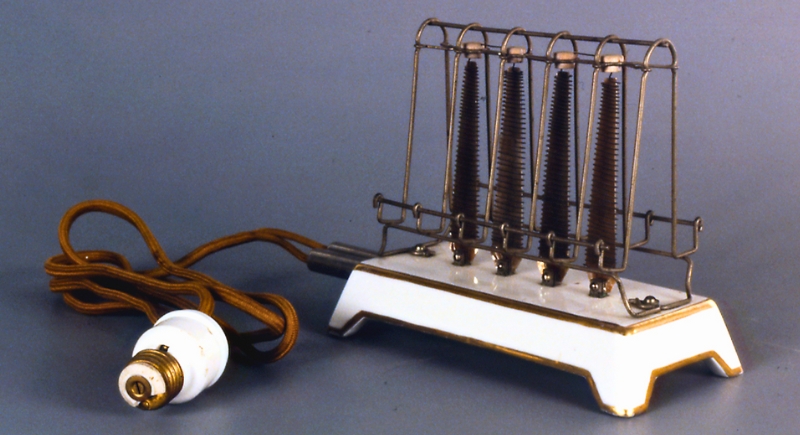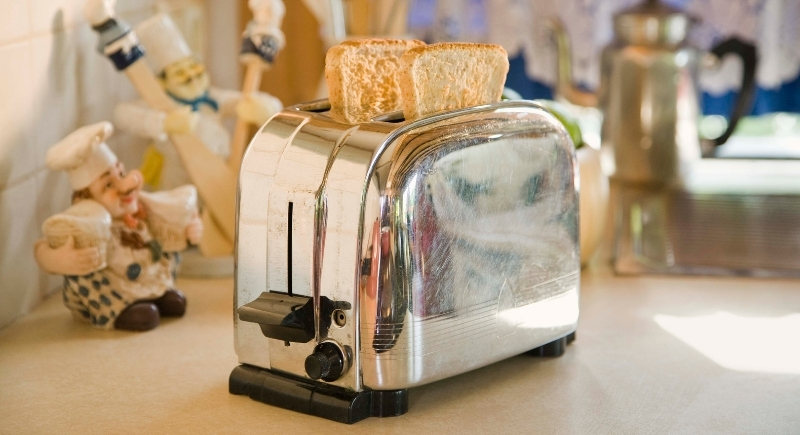Was the Toaster Invented to Sell Electricity and Not Toast?
There’s a story that keeps circling the internet, and it’s too good not to question. An Instagram creator named @builtbytiffy claims that the humble toaster was invented as a clever way to get people to use electricity during the day. It sounds like the kind of plot twist that makes history feel like a marketing scheme, right? The idea has bite: imagine inventors rubbing their hands together, dreaming of glowing filaments and spiking utility bills. But when you start tracing how the toaster actually came to be, the truth is a lot less cynical and far more interesting.
Bread Before Wires
Humans were toasting bread long before anyone flipped a light switch. Ancient men figured out that holding bread close to a flame gave it a longer life and a better crunch. The Romans took that idea, added the word ‘tostum’ for “scorched,” and carried the habit across Europe. Toast wasn’t about indulgence; it was preservation. A quick roast made old bread taste fresh again, especially before refrigerators existed. So, the desire to toast wasn’t new; it was survival with a side of flavor.
Electricity Finds Its Purpose
By the late 1800s, homes were slowly lighting up with electric power. It was the age of innovation, and everything from irons to heaters was getting rewired for convenience. Still, people weren’t exactly running to plug in new gadgets during daylight hours. The notion that the toaster was invented to “sell electricity” fits the narrative of electric companies wanting daytime usage, but the timeline says otherwise. Electricity already had plenty of takers. What inventors really wanted was a safer, simpler way to toast bread without blackening it over open flames.
That problem didn’t have an easy answer. Early electric toasters failed miserably because the heating wires snapped after just a few uses. Then, in 1905, an American engineer named Albert Marsh created ‘Nichrome,’ a nickel-chromium alloy that could handle high heat without burning out. This quiet invention was the real spark behind the modern toaster. Within a few years, electric heat became a reliable way to cook, iron, and warm up homes, and the toaster became one of the first small appliances to make good use of it.
The First Electric Toasters

Image via Wikimedia Commons/Eric Norcross
In 1909, General Electric introduced the D-12 toaster, designed by Frank Shailor. It looked like a tiny metal cage that could toast one side of a slice at a time. The user had to flip the bread manually, keeping a close eye to avoid burnt crumbs. Still, it worked. Restaurants with electric service loved it, even though most homes didn’t yet have round-the-clock electricity. The D-12 was a small triumph in kitchen innovation, not an ad campaign for the power companies.
A few years later, improvements came quickly. Westinghouse launched a new model in 1914, and Copeman Electric Stove Company followed in 1915 with an “automatic bread turner.” The goal wasn’t to make you use more electricity; it was to save you from babysitting your breakfast.
The Pop-Up Revolution
Enter Charles Strite in 1919, a mechanic who couldn’t stand the burned toast in his factory cafeteria. Instead of complaining, he built a toaster that timed the heat and automatically popped the toast when it was ready. His practical, tidy, and reliable invention was a revelation. No one cared about power grids; they cared about not ruining breakfast.
Charles’ design became the foundation of the Toastmaster, which entered homes in 1926. It toasted both sides of the bread evenly and ejected the slice when done. For the first time, people could drop in a slice, walk away, and come back to golden perfection. The name alone sounded futuristic for its time, and it was proof that electricity could make life easier.
Sliced Bread Entered the Chat
In 1928, Otto Frederick Rohwedder invented the first commercial bread slicer. Suddenly, perfect uniform slices were sold in every grocery store. And what better companion for perfectly even slices than the brand-new pop-up toaster? It was a natural match that cemented the toaster’s place in every kitchen. Sales soared because of convenience, not conspiracy.
By the time Wonder Bread popularized pre-sliced loaves in 1930, the toaster had become a symbol of modern living. Breakfast got faster, cleaner, and more consistent.
A Slice of Truth

Image via Canva/Jupiterimages
Fast forward to today’s digital era, where myths spread faster than toast browns. The claim that toasters were created to sell electricity sounds believable, but history shows something more practical at play: a chain of small, clever inventions to solve a real kitchen problem.
The toaster wasn’t a marketing stunt. It was a victory of trial, error, and a bit of creative heat management. People wanted a quick breakfast that didn’t taste like campfire smoke. Engineers found a way to deliver it. The result just happened to plug into the same outlet as the lamp.